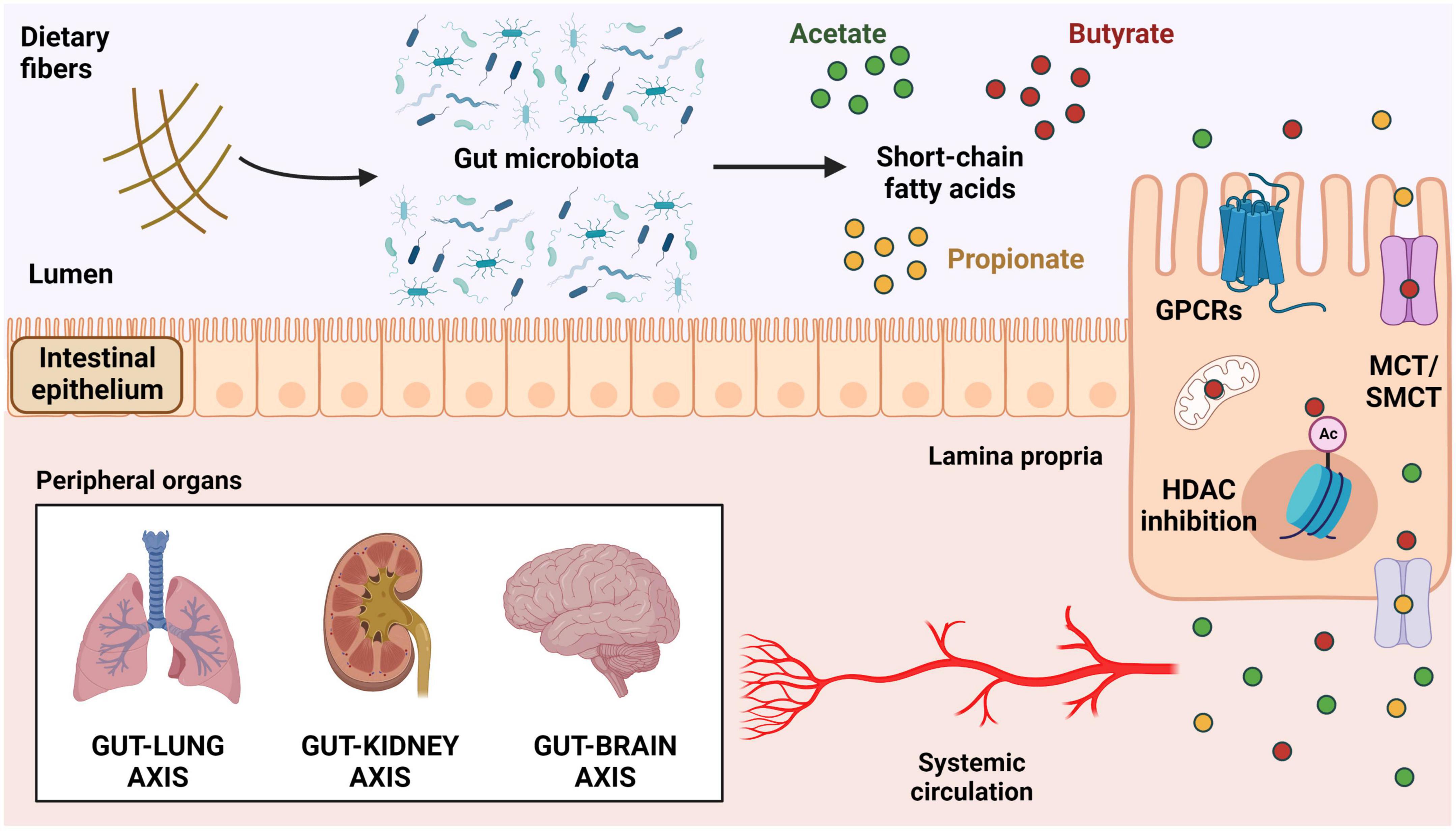
These terms can be confusing if your diet is not vegan or vegetarian. Both terms are similar in many respects, but there are important distinctions. Being vegan is, in essence, avoiding any animal products. Avoiding dairy and sweets made from gelatine are two common vegan differences.
Less dairy
If you're a vegetarian or vegan, you should focus on getting sufficient protein, calcium, iron, and riboflavin. Whole grains and eggs are good options. These nutrients can also be obtained from fortified cereals, dried foods, and legumes. Dairy products are another source of iron, calcium, and magnesium.
Many people who choose to eat vegetarian or vegan are concerned about animal welfare. They also avoid animal products, including leather and suede. They also look for cruelty-free cosmetics.

Avoiding sweets containing gelatine
Vegetarians and vegans should avoid sweets that contain gelatine. Gelatine is a type of collagen made from animal byproducts. There are many vegan and vegetarian alternatives to gelatin. Agar-agar is one of these. However, be aware that some vegan product manufacturers may add casein. This is not a good idea.
Gelatin can come from various animal parts such as cow tendons or ligaments. It can also be obtained from fish by boiling fish scales. Gelatin can be found in desserts and candies sold at major supermarkets. Gelatin can also be found in cosmetics, photographic prints, and some wines.
Avoid the use of animal products
Going vegetarian or vegan means avoiding animal products in your diet. This includes avoiding meat, poultry, eggs, dairy products, and fish. It also prohibits the use of leather, wool, or any other products made from animal products. Vegan diets do not include honey or dairy products. Instead, vegans prefer to eat unprocessed, uncooked food. This is a stricter diet than a regular vegetarian diet.
A vegetarian or vegan diet is healthier than the traditional diet. It is high on fiber, low fat and low sugar. Research has shown that a vegetarian lifestyle is beneficial for both your health and the environment. Many vegetarians and vegans choose this diet for these reasons. Some religions also encourage or recommend a vegetarian diet. For example, some Christian sects encourage abstinence from animal products during Lent.

Health benefits
Many health benefits can be found in vegan and vegetarian diets. They reduce cholesterol and lower the risk of diabetes and heart disease. Researchers also discovered that certain cancers may be prevented by eating a vegan or vegetarian diet. A recent study found that vegans are significantly less likely than their omnivorous counterparts to develop type 2 diabetes or cardiovascular disease.
Vegetarians, vegans, and vegetarians have lower blood glucose. This is a crucial indicator for diabetes. Higher blood glucose levels may indicate an increased risk of developing diabetes, according to the study. Research is necessary to fully understand and appreciate the health benefits that a vegan or vegetarian diet can bring.
FAQ
Which 10 foods are your favorite?
These are the top 10 foods to eat.
-
Avocados
-
Berries
-
Broccoli
-
Cauliflower
-
Eggs
-
Fish
-
Grains
-
Nuts
-
Oats
-
Salmon
What is the best diet for me?
Your lifestyle and individual needs will determine the best diet for your body. It's also important to consider how much energy your exercise consumes, whether you prefer low-calorie meals, and if fruits and veggies are something you enjoy.
Intermittent Fasting is an alternative to traditional fasting if you are looking to lose weight. Intermittent eating means you only eat specific meals throughout the day. It's not like three big meals. You might find this way to be more beneficial than traditional diets, which have daily calorie counts.
Intermittent fasting has been shown to improve insulin sensitivity, reduce inflammation and lower the risk of developing diabetes. Research suggests that intermittent fasting can promote fat loss and improve overall body composition.
What is the problem?
BMI stands for Body Mass Index, which is a measurement of body fat based on height and weight. The following formula is used to calculate BMI:
Weight in kilograms divided with height in meters.
The score is expressed as a number between 0 and 25. A score of 18.5 indicates that you are overweight and a score of 23 indicates that you are obese.
A person who weighs 100 kg and has a height of 1.75 m will have a BMI of 22.
What is the difference between sugar and fat?
Fat is an energy source from food. Sugar is a sweetener found in fruits, vegetables, and other foods. Both fats (and sugars) have the exact same calories. Fats however, have more calories than sugars.
Fats are stored in your body and can cause obesity. They cause cholesterol buildup in arteries which may lead to heart attacks and strokes.
Sugars are quickly absorbed into the body and provide instant fuel. This causes blood glucose levels in the body to rise. High blood sugar levels can cause type II diabetes.
Do I need calories to count?
Perhaps you are wondering what the best diet is for you. or "is counting calories necessary?" The answer is dependent on many factors like your current state of health, your personal goals, how you prefer to eat, and your overall lifestyle.
The Best Diet for me - Which One Is Right for You?
The best diet depends on me, my health, my goals, my lifestyle, and my preferences. There are many different diets, some good, some not. Some diets work for some people, while others are not. What should I do? What can I do to make the right decision?
These are the questions this article will answer. The article starts by introducing the many types of diets currently available. Next, we will discuss the pros & cons of each kind of diet. Finally, we'll look into how to choose the best one for you.
Let's look at some of the main types of diets to get started.
Diet Types
There are three main types. Low fat, high protein, or ketogenic. Let's look at each one briefly.
Low Fat Diets
A low fat diet is a diet that restricts the amount of fats consumed. This is done through reducing the intake of saturated fats (butter, cream cheese, etc.) You can replace them with unsaturated oils (olive oil and avocados) If you want to lose weight fast and easily, then a low-fat diet is often recommended. However, constipation, stomach pain, and heartburn can all be caused by this type of diet. Vitamin deficiencies can also occur if the person doesn't get enough vitamins through their diet.
High Protein Diets
High protein diets discourage carbohydrates and encourage the use of proteins. These diets often have higher levels of protein than most other diets. These diets are designed to build muscle mass and help you burn more calories. The downside is that they may not provide adequate nutrition for someone who needs to eat regularly. They can be quite restrictive and are not recommended for everyone.
Ketogenic Diets
The keto diet is also known as the keto diet. They are high-fat and low in carbs and protein. They are popularly used by bodybuilders, athletes, and others who want to be able to train harder and more efficiently without becoming tired. But, they require strict adherence to avoid negative side effects like nausea, headaches, and fatigue.
How do I measure body fat
A Body Fat Analyzer is the best way to measure body weight. These devices measure the body fat percentage in people who wish to lose weight.
Statistics
- According to the Physical Activity Guidelines for Americans, we should strive for at least 150 minutes of moderate intensity activity each week (54Trusted Source Smoking, harmful use of drugs, and alcohol abuse can all seriously negatively affect your health. (healthline.com)
- WHO recommends reducing saturated fats to less than 10% of total energy intake; reducing trans-fats to less than 1% of total energy intake; and replacing both saturated fats and trans-fats to unsaturated fats. (who.int)
- nutrients.[17]X Research sourceWhole grains to try include: 100% whole wheat pasta and bread, brown rice, whole grain oats, farro, millet, quinoa, and barley. (wikihow.com)
- According to the 2020 Dietary Guidelines for Americans, a balanced diet high in fruits and vegetables, lean protein, low-fat dairy and whole grains is needed for optimal energy. (mayoclinichealthsystem.org)
External Links
How To
What does the term "vitamins" mean?
Vitamins are organic compounds found naturally in food. Vitamins help us absorb nutrients from foods we eat. Vitamins cannot come from the body so food must provide them.
There are two types: water-soluble and fat-soluble vitamins. Water-soluble vitamins dissolve readily in water. Examples include vitamin C,B1 (thiamine), B2 (riboflavin), B3 (niacin), B6 (pyridoxine), folic acid, biotin, pantothenic acid, and choline. The liver and fat soluble vitamins are stored in fatty tissue. Some examples include vitamin D and E, K, A, beta carotene, and A-vitamins.
Vitamins can be classified according to biological activity. There are eight main types of vitamins:
-
A - essential for normal growth and maintenance of health.
-
C is important for nerve function and energy production.
-
D - Vital for healthy bones and teeth
-
E - required for good vision & reproduction.
-
K - Required for healthy nerves and muscles.
-
P – vital for building strong bones.
-
Q - aids in digestion of iron and iron absorption
-
R - Required for red blood cell production
The recommended daily allowance of vitamins (RDA), varies depending upon age, gender, physical condition, and other factors. The U.S. Food and Drug Administration, (FDA), sets the RDA value.
For adults aged 19 and older, the RDA for vitamin B is 400 micrograms daily. Pregnant women require 600 micrograms daily to support fetal development. Children ages 1-8 require 900 micrograms per day. Infants below one year of age need 700 micrograms daily. But, between 9 months to 12 months of age, the amount drops to 500micrograms per days.
Children aged 1-18 require 800 micrograms of sugar per day, while those who weigh more than 1200 need 1000. For their nutritional needs, underweight children need 1200 mg per day.
Children aged 4-8 who have anemia are required to consume 2200 micrograms of Vitamin C daily.
2000 micrograms is the minimum daily intake for general health in adults older than 50 years. Due to their increased nutrient needs, pregnant and breastfeeding women need 3000 micrograms daily.
Adults over 70 need 1500 micrograms daily, since they lose around 10% of their muscle mass every decade.
Women who are pregnant or nursing need more than the RDA. Pregnant and breastfeeding women require 4000 micrograms each day during pregnancy and 2500 Micrograms each day after birth. Breastfeeding mothers need 5000 mg per day when breastmilk is being produced.